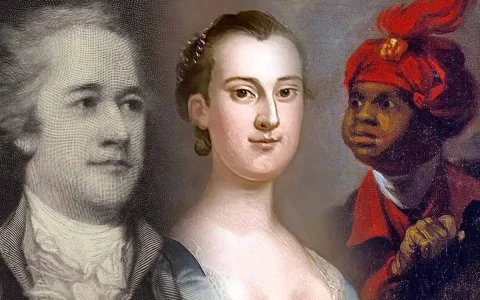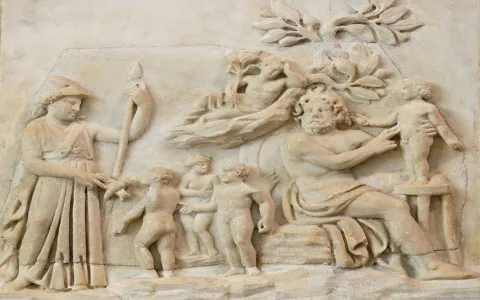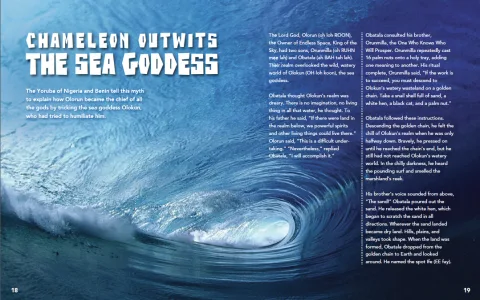Alright folks, grab a drink, this one’s messy but real. See, this whole thing started ’cause my aunt Gertrude left me this ugly old painting she swore was valuable. Looked like someone spilled mud on a canvas, honestly.
The First Disaster Attempt
First thing I did? Tried cleaning it myself, obviously. Big mistake. Grabbed some soap and water from under the kitchen sink. Thought, “How hard could it be?” Scratched at a corner with my fingernail first – nothing happened. Poured some soapy water on a rag, rubbed gently… and a whole chunk of this weird, dark brown gunk came off. Underneath? Bright blue. Sky blue. Panicked, dried it fast, threw a towel over it. Felt like I murdered something precious. Stupid, stupid, stupid.
Dragging My Brother Into It
Needed backup. Called my brother Dave, who fixes cars for a living. Figured he knows solvents, right? Brought the sad painting over to his garage. We stared at it under his big work lamp. The parts I hadn’t wrecked looked… wrong. Thick, cracked, dull. Dave had a cheap magnifying glass in his toolbox. Held it real close to the gunk.
- See that? Dave points. Under the magnifier, the thick brown wasn’t just one layer. Looked like thin little brushstrokes peeking out underneath, way finer than the junk on top.
- Smell it? He made me sniff the edge I cleaned. Not like old wood or dust. Weird chemical smell, kinda sweet, reminded me of cheap floor varnish Dave uses.
Weird light and weird smells. Started thinking maybe Gertrude wasn’t totally nuts.

Gatecrashing The Fancy Crowd (Sort Of)
Took pictures of the mess – my cleaning disaster and Dave’s magnified look. Went online, found this private forum where collectors chat. Posted pictures asking, “Okay, how bad did I screw up?” Felt like walking into a party wearing pajamas. Got roasted first, obviously. “Never do that again!” “You animal!” But then… some replies got specific.
“That blue peeking through? Looks like original ultramarine. Nasty varnish layer is likely 19th-century crap.” One guy wrote. Someone else said the crack pattern in the brown gunk was all wrong for old paint – too regular, too fake. Like it was put on thick and fast, ages later. Pointed me to how real cracks look like spiderwebs, not chicken wire. Made sense when I looked close.
The Big Realization (And Pissing Off A Dealer)
Auction records. That’s where it got weird. Forum folks said check names. Started digging online through old sales lists. Found similar ugly-brown paintings by “Master X” selling high. Then… digging deeper into older books digitized online… boom. Found a record describing the same painting, but listed way back in 1805 with colors like “vibrant lapis” and “crimson.” How could it be brown now?
Took what I had – the before-and-after pics, the chemical smell note, the crack patterns, the auction mismatch – to this snooty gallery downtown. Guy there practically sneered. Looked at my phone pics and said, “Hmm, overcleaned amateur effort. We see these often.” Fobbed me off. But the look in his eyes when I mentioned the 1805 description? Panic. Absolute panic. He suddenly got real interested in ‘assessing’ it ‘properly’, insisted I bring it in. Yeah, nah. Walked right out.
What Actually Happens (It Ain’t Pretty)
So, connecting the dots, like those collectors showed me:
- Time does damage, sure. Dust, smoke from candles. But the real killers? People.
- Centuries ago, some dude decided ‘bright colors were out, brown gloom was in’. Slathered over masterpieces with cheap varnish to make them look ‘fashionably antique’ or just ‘unified’ for a room.
- A hundred years later, dirt sticks to that crud layer way worse. So it gets dirtier and darker. Gets cataloged looking like crap.
- Real collectors? They ain’t just looking at the surface. They’re sniffing (literally), looking at layers under magnification, chasing old descriptions, knowing names & locations of art fakers throughout history, and questioning why a perfectly preserved ‘dark masterpiece’ only showed up 200 years after the artist died.
The big secret? Spotting changing world history means spotting how stupid human decisions repeatedly tried to hide the past’s true colors under layers of junk, literally. Art history gets rewritten not just by wars or fires, but by decorators with bad taste and dealers hoping you’re too lazy to scratch below the surface. Gertrude might have been onto something after all. Might get that ugly beast properly cleaned… by a professional this time. Learned my lesson.










